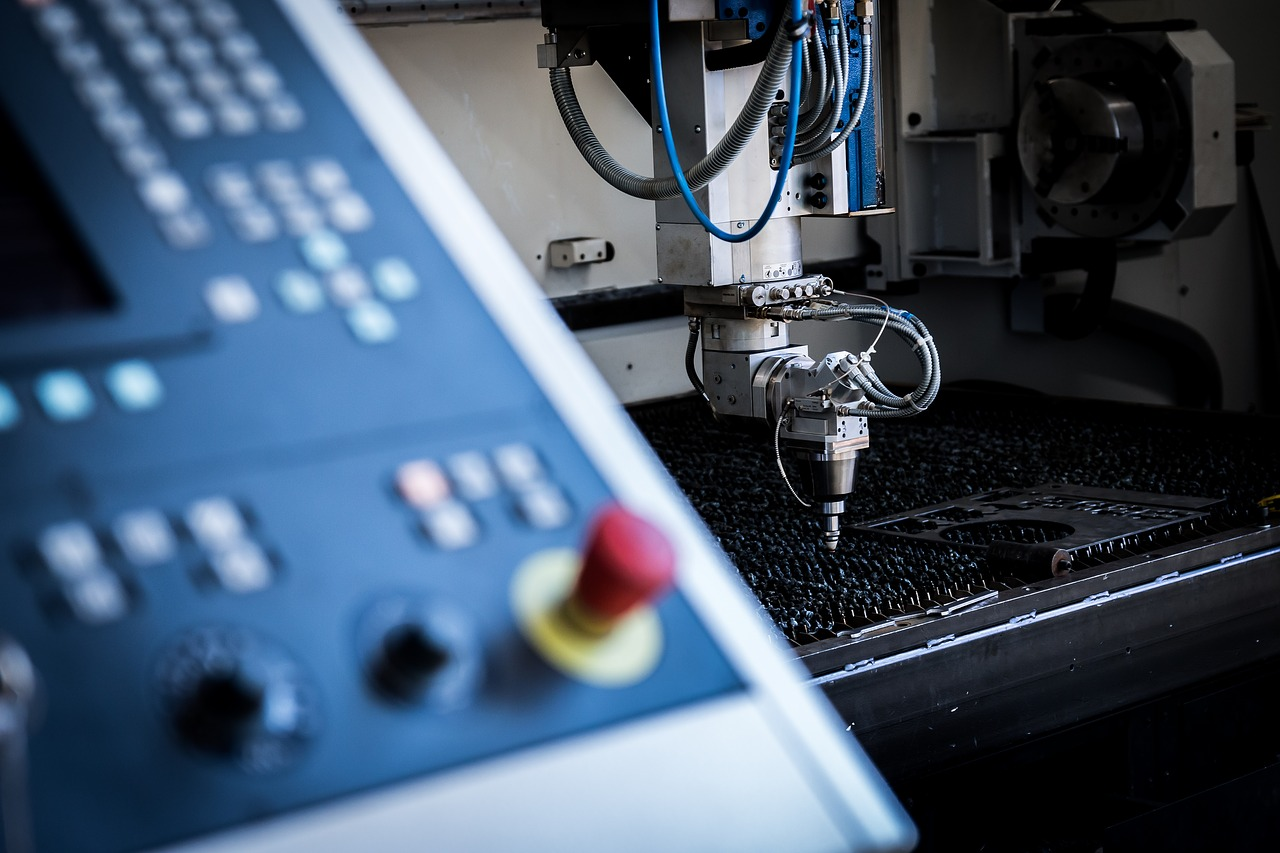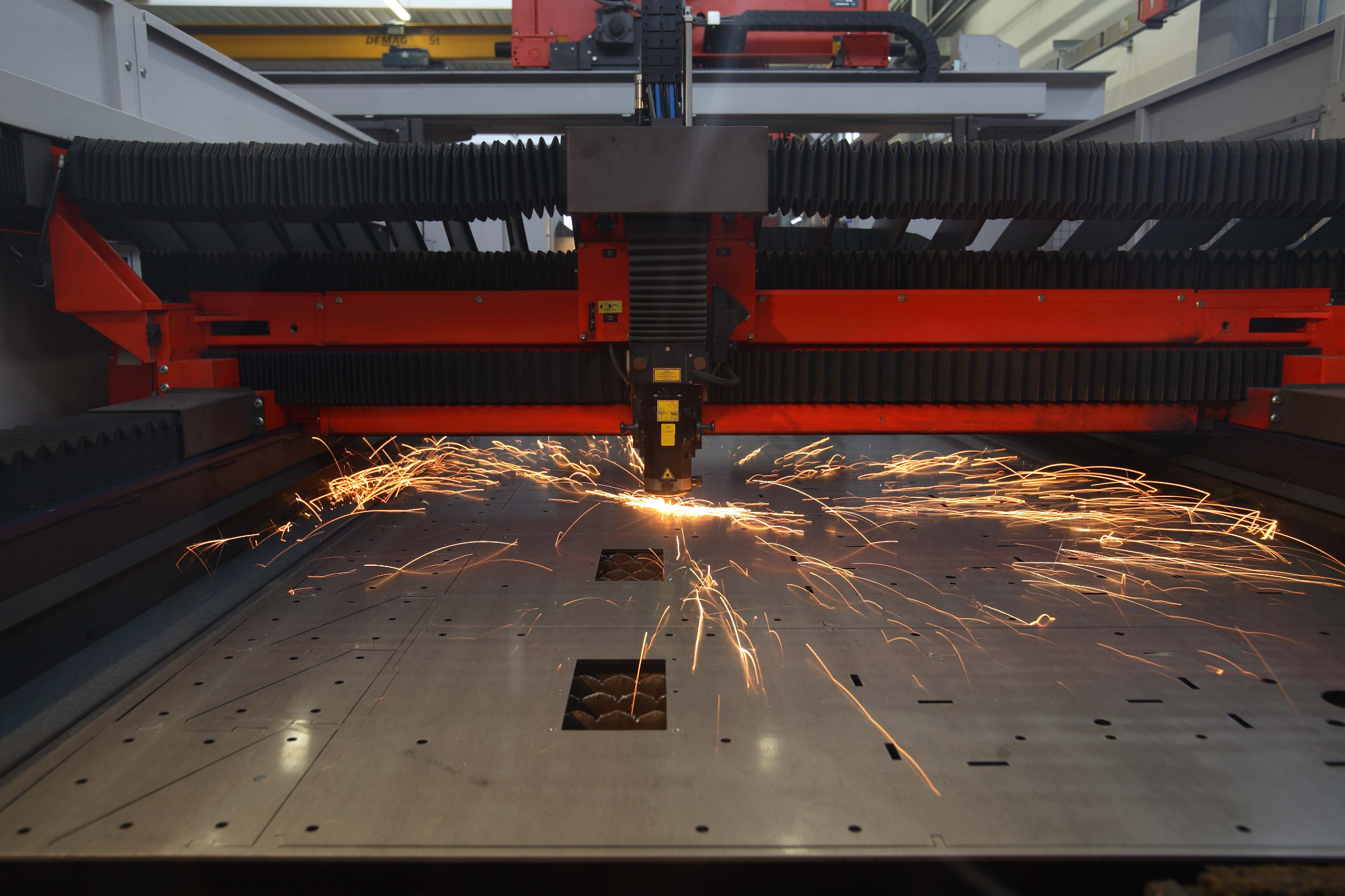What Are the Latest Innovations in Laser Cutting Technology?
In recent years, laser cutting technology has undergone significant transformations. These innovations are not just incremental improvements but revolutionary changes that redefine what laser cutting can achieve.
Advancements in Laser Sources
One of the most significant breakthroughs in laser cutting technology is the development of new laser sources. These sources offer enhanced power, efficiency, and adaptability, allowing for more precise cuts and expanded material compatibility.
Improvements in Laser Cutting Speed and Efficiency
Speed and efficiency in laser cutting have seen impressive gains. Modern machines cut faster while consuming less energy, a leap forward for both productivity and sustainability.
Innovations in Material Compatibility
The range of materials compatible with laser cutting has expanded dramatically. Innovations have made it possible to cut materials previously deemed too challenging, opening up new avenues for creative and industrial applications.
How Do These Innovations Impact the Laser Cutting Process?
These technological advancements have profoundly impacted the laser cutting process. Changes in workflow, quality, and efficiency are just the tip of the iceberg.
Enhanced Precision and Accuracy
The precision and accuracy of laser cutting have reached new heights. This enhancement is crucial in industries where even the smallest error can have significant consequences.
Increased Versatility in Laser Cutting
The scope of laser cutting applications has broadened considerably. This versatility means that industries once reliant on more traditional cutting methods are now turning to laser cutting for its precision and efficiency.
What are the Benefits of Recent Laser Cutting Technologies?
The benefits of these technological advancements are numerous and impactful. They include cost-effectiveness, environmental benefits, and improved safety standards.
Cost-Effectiveness of Modern Laser Cutting Machines
The latest laser cutting machines are not only more efficient but also more cost-effective in the long run. This cost-effectiveness is a game-changer for many businesses, large and small.
Environmental and Safety Improvements
Recent advancements have also made laser cutting more environmentally friendly and safer. Reductions in energy consumption and enhancements in safety features make these machines a responsible choice for forward-thinking industries.
How Are These Innovations Being Applied in Different Industries?
The application of these innovations spans various industries, each utilizing the advancements to enhance their manufacturing and design processes.
Application in the Automotive Industry
In automotive industry, laser cutting plays a crucial role in producing precise and reliable components. Its ability to handle complex designs and high-strength materials is invaluable.
Role in Aerospace and Defense
The aerospace and defense sectors benefit immensely from the precision and versatility of modern laser cutting technology. It allows for the creation of components that meet the rigorous standards of these industries.
Impact on Consumer Electronics Manufacturing
In consumer electronics, the demand for miniaturization and precision makes laser cutting an ideal tool. It enables the production of small, complex parts with high accuracy.
What Challenges Are Addressed by These Innovations?
These innovations in laser cutting technology address several challenges that have long plagued the industry.
Overcoming Material Limitations
New technologies have expanded the range of materials that can be effectively cut with lasers. This development allows for more diverse applications and designs.
Enhancing Production Speed While Maintaining Quality
Balancing speed and quality has always been a challenge in manufacturing. Modern laser cutting machines achieve this balance, enhancing productivity without sacrificing the end product's quality.
Future Trends in Laser Cutting Technology

Looking ahead, the future of laser cutting technology is poised for even more groundbreaking developments.
Potential for AI and Machine Learning Integration
The integration of AI and machine learning promises to take laser cutting to new levels of efficiency and precision. These technologies could enable more autonomous and adaptive cutting processes.
Sustainable and Eco-Friendly Practices
Sustainability is a growing concern, and the laser cutting industry is responding. Future trends point towards more eco-friendly practices and technologies that reduce the environmental impact.
Step-by-Step Guide to Modern Laser Cutting Techniques
Understanding modern laser cutting techniques is essential for leveraging these innovations effectively.
Preparing for Laser Cutting
Preparation is key to successful laser cutting. This includes selecting the right materials and considering design intricacies before the actual cutting process.
Operating the Laser Cutter
Operating a modern laser cutter involves understanding its new features and capabilities. This knowledge ensures optimal use of the machine for the best results.
Key Considerations in Selecting Laser Cutting Equipment
Selecting the right laser cutting equipment involves several critical factors. Understanding these factors ensures the best match for specific project needs.
Evaluating Laser Power and Precision Requirements
Assessing the power and precision needs of a project is crucial. The selection of a laser cutter should align with the material type, thickness, and the intricacy of the designs being cut.
Software Compatibility and Integration
The role of software in laser cutting is pivotal. Ensuring compatibility and integration of software with the laser cutting machinery enhances the machine's functionality and user experience.
Safety Measures in Modern Laser Cutting
Safety is paramount in laser cutting operations. Modern machines come equipped with various safety features, but awareness and adherence to safety protocols are essential.
Cost Analysis of Laser Cutting Operations
Understanding the costs involved in laser cutting is vital for effective budgeting. This analysis includes not only the equipment cost but also operation and maintenance expenses.
Comparing Costs with Traditional Cutting Methods
Comparing laser cutting with traditional methods like plasma or waterjet cutting reveals its cost-effectiveness, especially in terms of precision and waste reduction.
Training and Skill Development for Laser Cutting

Efficient operation of modern laser cutting machines requires specific training and skills. This training ensures that operators can fully utilize the capabilities of the equipment.
Conclusion
The landscape of laser cutting technology is one of constant innovation and advancement. The latest developments not only enhance the capabilities and applications of laser cutting but also address key challenges such as material limitations, production speed, and environmental impact. As we look to the future, the potential integration of AI and machine learning, along with a focus on sustainable practices, promises to further revolutionize this field. Whether in the automotive, aerospace, or consumer electronics industries, the impact of these innovations is profound and far-reaching. With the right training, safety measures, and equipment selection, the possibilities of what can be achieved with laser cutting are boundless, making it an exciting and evolving domain of technology.
Materials sponsored by TECHNI Waterjet
Share with friends:



